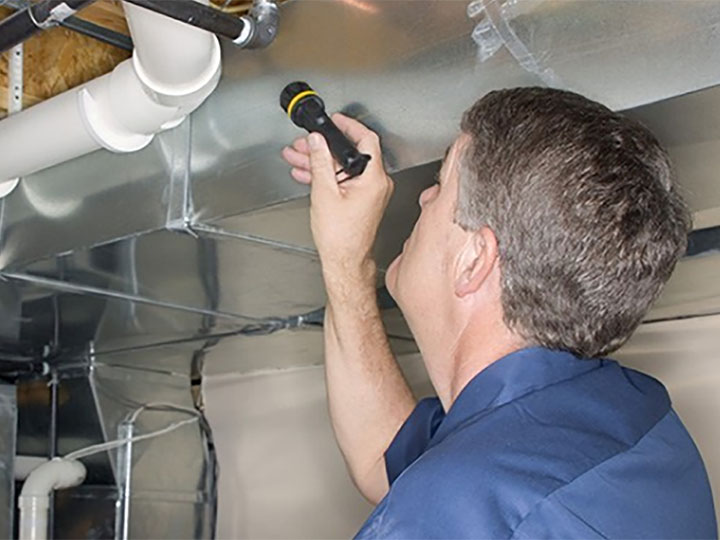A dilapidation inspection can help ensure compliance, transparency, and protection for all stages of construction.
What is a dilapidation report?

Your home is most likely your biggest asset so it makes sense to protect it. If there is major construction work being carried out nearby then you want to be sure that your property is ‘safe as houses’ and will not be affected in any way.
Building and construction work generally involves the use of heavy machinery and equipment. This can include excavation of significant quantities of soil, concrete, trees and often demolition of an existing structure. Even if it’s carefully managed, this type of work has the potential to cause damage to adjacent houses or other nearby infrastructure. And that’s even before the new building starts!
As a homeowner, if there is major construction work being performed near your property, whether by a neighbour, local council or developer, it is important to document the condition of your home before any works commence. If these works impact your property through cracking of walls due to excavation or vibration you will be able to claim against this, but this will only be possible if you have a document that proves that these defects were not present before the construction work commenced.
As a developer, builder or home renovator, you also have the responsibility to ensure that your project does not impact on adjoining properties and it is important to have reports undertaken on the state of nearby buildings. These reports can also protect you from false claims.
Having a thorough and well-documented report ensures there are no arguments about the condition of a property before, during or after building works are completed. If underlying problems exist on a property, these reports can ensure they are highlighted and then monitored for change over time.
What is a dilapidation report?
A dilapidation report is written evidence of the condition of a property at a given point in time. It records any existing damage and the condition of any particular aspects of the property that are likely to be affected by construction work. It also includes photos to support any findings.
These reports are normally carried out on nearby properties both before work begins and after it’s finished. A comparison of the two reports then offers a clear picture of any damage that might have occurred as a result of excavation, demolition or building works.
Rapid Building Inspections focuses on a wide range of things when compiling a dilapidation report, including driveways, footpaths, nature strips, guttering, yards and fences. Anything from cracks in internal walls and exterior brickwork, concrete and pavers, to signs of movement such as doors no longer operating smoothly. In fact, there is not much that is not included. These signs of ‘dilapidation’ are photographed and documented so there can be no doubt that they exist.
What’s left out of a dilapidation report is just as important as what’s in it. If a new crack appears in a wall or windows begin to stick during construction on an adjacent property, the report can provide a reference and supporting evidence that the problems occurred as a direct result of this work being carried.
Dilapidation reports are not simply an outline of the condition of a building. They are a detailed record of the condition of a property, including trees, shrubs, fences, paving and driveways, not just the building itself. It is an agreed record of the condition of the adjoining property to the building works.
Why would I need one?
In some situations, dilapidation reports are required by law and this will come down to where your building is situated in relation to other buildings, and what the relevant authorities in your area require. Even if they are not required by law for the work you are doing, it simply makes sense to obtain one as dilapidation reports can help protect you against expensive insurance litigation if neighbours claim that your construction or demolition work has damaged their homes.
If you’re planning on doing any major renovation or construction work on your property, it’s always best practice to arrange for a dilapidation report to be done on the properties around you. You can avoid costly disputes that may arise from your neighbours claiming for damages due to the result of the construction work carried out on your home.
A further building inspection, once the works are completed or even during the works further, protects you as it becomes another record of the condition of the property.
A dilapidation report from Rapid Building Inspections is an independent survey that is accepted by authorities. If you need more information about whether dilapidation reports are required for your next project, ask your builder, council, or contact your local building authority.



